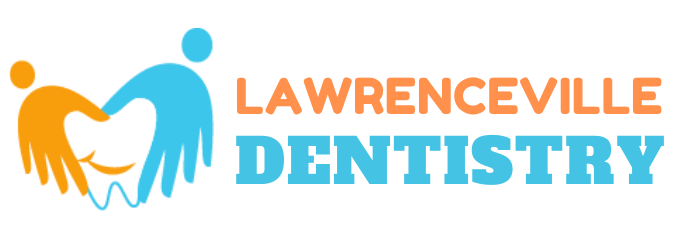Surgical extraction is a complex dental procedure involving the removal of a tooth through surgical intervention. Oral and maxillofacial surgeons typically perform this specialized procedure. In this article, we will provide an in-depth understanding of surgical extractions, including the circumstances that require them and the process involved.

Circumstances Requiring Surgical Extractions
- Impacted Teeth: Teeth that fail to fully erupt through the gum line.
- Broken-off Teeth: Teeth that have fractured at the gum line.
- Dilacerated Roots: Teeth with roots that have developed an abnormal bend.
- Hypercementosis: Teeth with excessive cementum, causing abnormal growth.
- Unusual Root Morphology: Teeth with irregular or abnormal root structures.
- Ankylosed Teeth: Teeth fused to the surrounding bone, preventing normal eruption.
- Fused Teeth: Teeth that have fused together, resulting in abnormal positioning.
The Process of Surgical Extractions
During a surgical extraction, the following steps are undertaken:
- Administration of Anesthesia: The dentist administers anesthesia to ensure a pain-free experience for the patient and reduce anxiety.
- Incision: The dentist makes an incision near the affected tooth, providing access for the removal.
- Soft Tissue Elevation: The dentist carefully lifts the soft tissues covering the tooth.
- Bone Removal: If unerupted teeth are present, the dentist may need to remove the jawbone through drilling or osteotomy.
- Splitting Multi-Rooted Teeth: The dentist uses burs and drills to split multi-rooted teeth, making the removal process easier.
- Irrigation: The dentist thoroughly irrigates the entire area to remove any bacterial colonies.
- Incision and Hemostasis: The dentist makes incisions in the tissues and gum line or sockets to control bleeding.
Get Tooth Extractions Brochure
Situations Where Surgical Extractions are Prohibited
There are certain situations where surgical extractions are prohibited:
- Serious Health Issues: Patients with cardiovascular problems or diabetes may not be suitable candidates for surgical extractions due to increased risks.
- Maxillary Sinus Complications:The dentist avoids surgical extractions if there is a high risk of the tooth slipping into the maxillary sinus due to cranial base anatomy.
- Large Alveolar Processes: Patients with large alveolar processes may require bone removal, which can potentially lead to fractures if not carefully monitored. The dentist avoids surgical intervention in such cases.
Importance of Post-operative Instructions
After a surgical extraction, it is crucial to follow the post-operative instructions provided by your dentist. These instructions help prevent complications and promote proper healing of the extraction site. Some common post-operative instructions include:
- No Spitting: Avoid spitting for one day to prevent the premature dislodgement of the blood clot formed in the socket.
- Chewing: To avoid putting pressure on the healing site, the patient should chew on the opposite side of the jaw where the extraction was performed.
- Diet: Stick to a liquid or semi-solid diet to prevent additional strain on the extraction site. The patient should consume cold food substitutes like ice cream at least one hour after the procedure.
- Stitches Removal: Return to the dentist after one week to have the stitches removed.
- Medications: Take prescribed painkillers and antibiotics for three days to ensure complete healing of the socket area.
Conclusion
In conclusion, oral and maxillofacial surgeons perform complex dental procedures known as surgical extractions. Understanding the circumstances that require surgical extractions and following the post-operative instructions provided by your dentist are essential for a successful recovery. If you have any concerns or questions about surgical extractions, consult with your dental professional for personalized advice and guidance.
If you want to know more then do contact us, we will be very happy to help you.
Are you a dentist? Do you want to team up with us?
